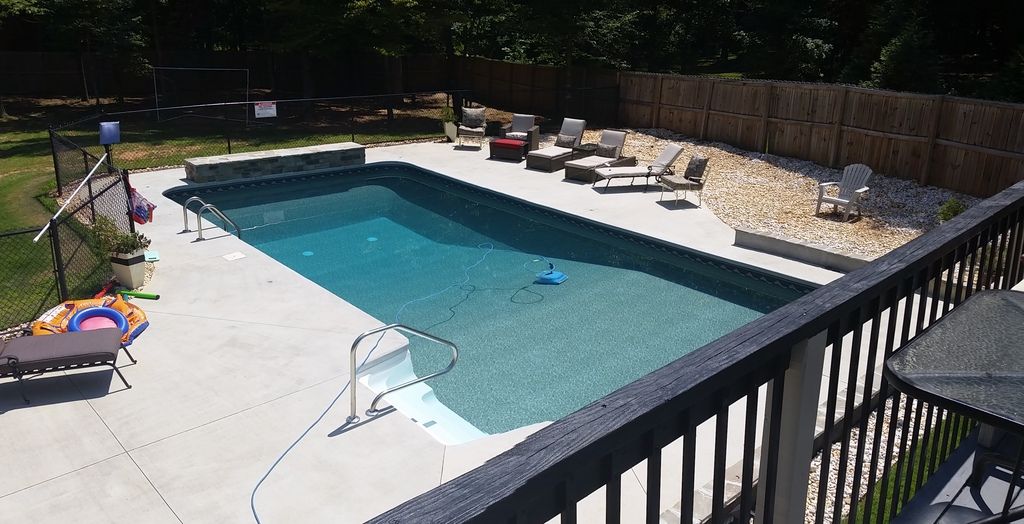Hi everyone.
I wanted to post and state that all is going very well after switching to the TFPC method full time this year. Once you get going it really is as easy as adding some chlorine every night which takes all of 35 seconds. I test my chlorine about once a week and could probably stop all together as I now know exactly what I need on a daily basis. I've spent a whopping $35 on chemicals this year compared to close to $200 at this time last year.
My kids have consistently come home from other pools and tell me that our water is so much more clear than where they were.....that is validation enough.
I do however have a complaint. When going underwater with goggles on, you now see absolutely every speck of dirt that is floating around in there!!!!!!!
Thanks for all of the help.
I wanted to post and state that all is going very well after switching to the TFPC method full time this year. Once you get going it really is as easy as adding some chlorine every night which takes all of 35 seconds. I test my chlorine about once a week and could probably stop all together as I now know exactly what I need on a daily basis. I've spent a whopping $35 on chemicals this year compared to close to $200 at this time last year.
My kids have consistently come home from other pools and tell me that our water is so much more clear than where they were.....that is validation enough.
I do however have a complaint. When going underwater with goggles on, you now see absolutely every speck of dirt that is floating around in there!!!!!!!
Thanks for all of the help.





